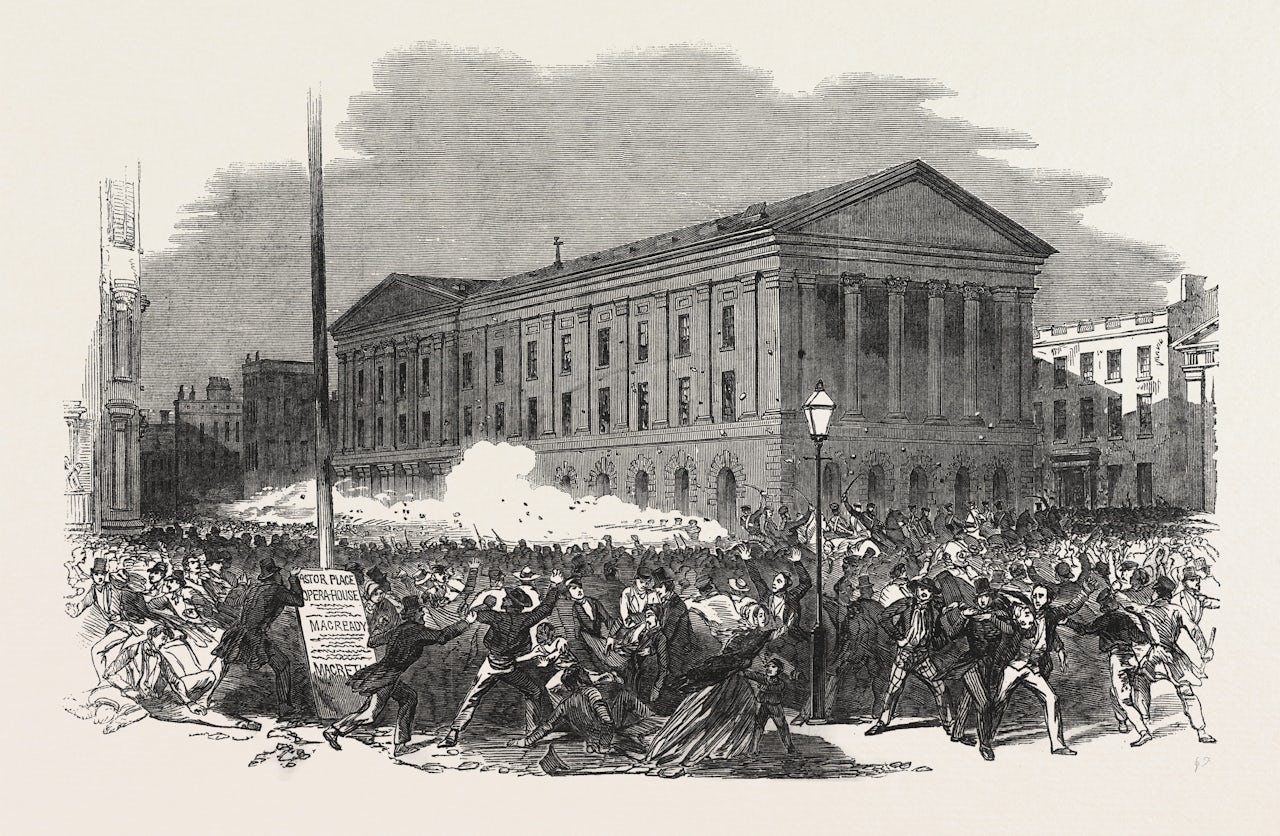In 1530, to escape the wrath of the Pope, Michelangelo holed up in a tiny secret room under the Medici Chapel of the Basilica di San Lorenzo. The artist had been working on the lavish tomb when all hell broke loose in Florence, and he was forced into hiding. With nothing but time and a little charcoal on his hands, he covered the bare walls with some prisoner graffiti.
Michelangelo owed his career to the Medici, one of the wealthiest and most powerful families in Europe. But in 1529 he joined ranks with other Florentines who had grown weary of their rule, hoping for a more democratic system of governance, and defied the formidable family, which included Pope Clement VII.

After ten months of struggle the Pope and his family won, and the rebels were swiftly punished. This would have included Michelangelo, had he not retreated for those three months to his subterranean hideaway to wait it out. In November of 1530, after the Pope let it be known that Michelangelo could go back to work—unpunished–to complete the Chapel, he reemerged. All was forgiven.
His hiding place remained secret for more than 500 years. Michelangelo never let on where he had been, and some believed he had been staying with a friend or in a church bell tower. The room and the drawings weren’t discovered until 1976, when they were stumbled upon by the director of the Museum of the Medici Chapel (via Michelangelo’s Hidden Drawings – Atlas Obscura)










